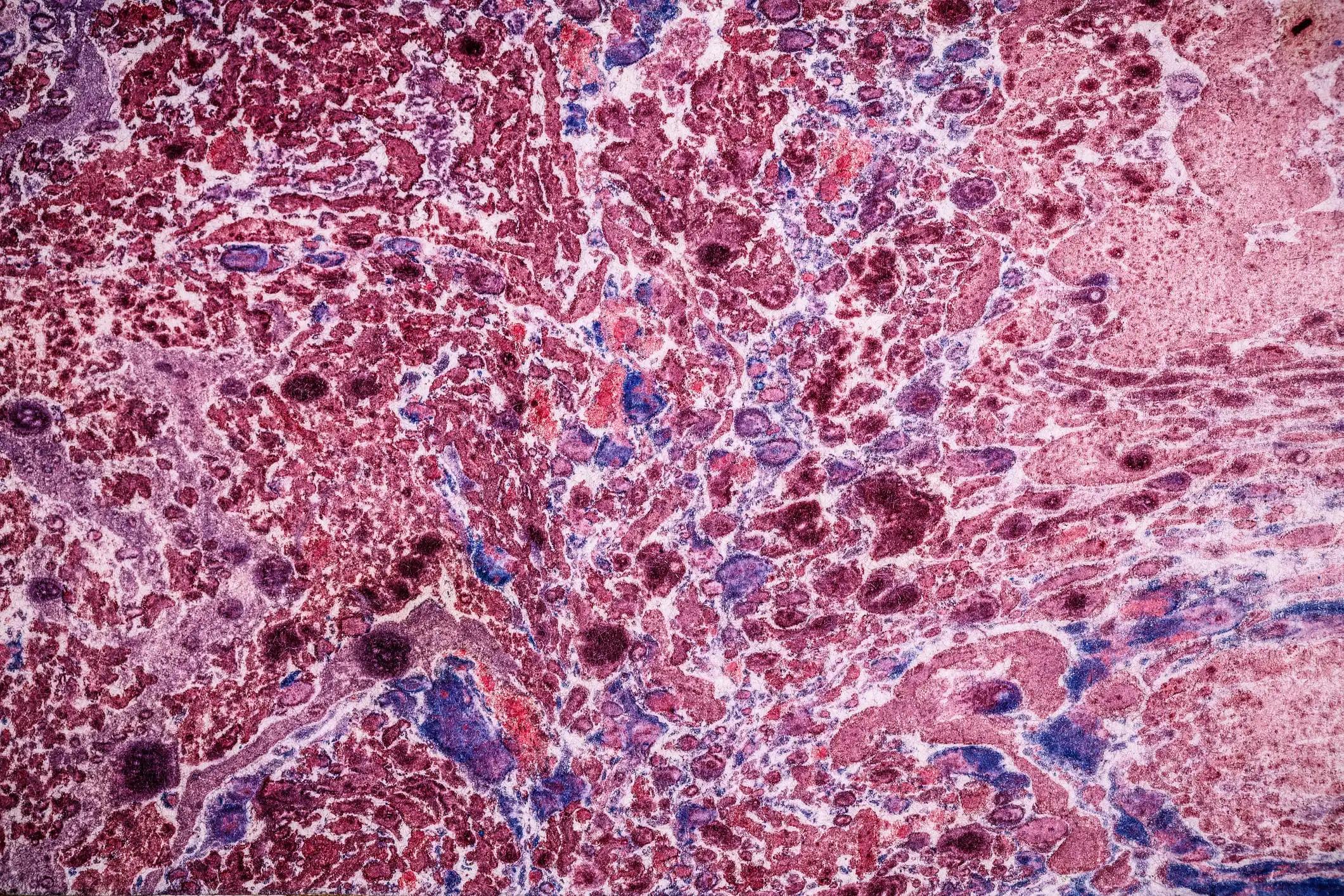KEY TAKEAWAYS
- The study aimed to investigate the efficacy of imaging techniques in guiding treatment decisions for patients with indolent cutaneous B-cell lymphomas.
- Researchers noticed that imaging effectively guided treatment decisions in indolent cutaneous B-cell lymphomas; further investigation is ongoing.
Following the initial diagnosis of marginal zone or follicle center lymphoma via skin biopsy, patients undergo staging to assess the disease extent. This includes lymph node biopsy, but the role of imaging in this process is increasingly explored.
Jordyn Puccio and the team aimed to characterize the frequency of systemic nodal involvement and evaluate imaging’s impact on treatment decisions.
They performed an inclusive analysis by conducting a retrospective chart review of patients presenting with a working diagnosis of PCMZL or PCFCL treated at The Ohio State University from 1990 to 2022. Data collected encompassed various aspects such as patient history, progress notes, virtual encounters, laboratory results, presentation features, imaging, and pathology.
Biomarkers, including ANA, SSA/SSB, BCL6, and H. Pylori labs, along with bone marrow biopsies, positive imaging findings, and the need for systemic medication, were documented. Additionally, mortality rates were recorded to provide a comprehensive understanding of the patient population and treatment outcomes.
About 71 patients with suspected PCMZL and PCFCL were identified. 66 of these patients underwent imaging. Among them, 12 patients (9 with suspected PCFCL and 3 with suspected PCMZL) demonstrated lymphadenopathy on imaging. Of these 12 patients, 5 underwent a biopsy of suspected lymph nodes, and 3 had biopsy-proven nodal involvement and received systemic therapy.
Of the remaining 7 patients with evidence of lymphadenopathy on imaging, 4 were thought to have reactive lymph nodes, and 3 were treated empirically with systemic chemotherapy due to the extent or progression of their disease. For patients without lymphadenopathy on imaging, 3 out of 52 (5.8%) received systemic treatment, while 49 of 52 patients (94.2%) received localized treatment.
The study concluded that further investigation into the prospective role of imaging, without subsequent lymph biopsy, in guiding treatment decisions for patients with suspected PCMZL and PCFCL is warranted.
The study was funded by the OSUCOM Medical Student Research Program.
Source: https://pubmed.ncbi.nlm.nih.gov/38775835/
Puccio J, Huang Y, Viveiros MD, et al. (2024). “Observation of lymphadenopathy, systemic symptoms, and treatment in suspected indolent cutaneous B-cell lymphomas.” Arch Dermatol Res. 2024 May 22;316(5):199. doi: 10.1007/s00403-024-02902-8. PMID: 38775835.



